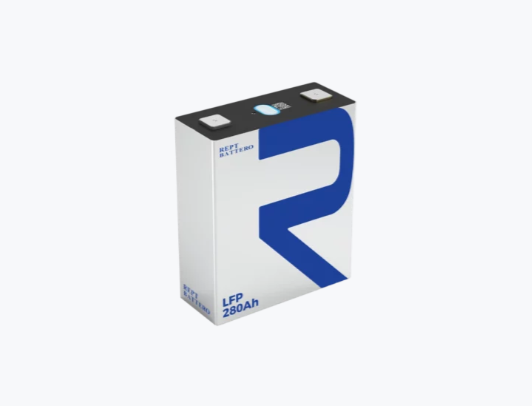LFP battery cells, or lithium iron phosphate batteries, are gaining traction in various industries due to their unique composition and performance characteristics. Understanding what makes up these batteries is essential for comprehending their advantages and applications. This article delves into the components of LFP battery cells, highlighting their materials and the benefits they provide.
Core Components of LFP Battery Cells
The primary materials that constitute REPT lfp cells include lithium, iron, and phosphate. Each of these components plays a crucial role in the battery’s functionality and performance:
Lithium: As the primary active material, lithium serves as the backbone of the battery’s energy storage capability. It is a lightweight metal that allows for efficient energy transfer within the battery. In REPT lfp cells, lithium ions move between the anode and cathode during charge and discharge cycles, facilitating energy storage and release.
Iron: Iron phosphate is used as the cathode material in LFP batteries. This compound enhances the safety and stability of the battery, reducing the risk of thermal runaway compared to other lithium-ion batteries. The presence of iron contributes to the overall robustness of LFP battery cells, making them suitable for demanding applications.
Phosphate: Phosphate serves as a stabilizing agent in the battery chemistry. It helps maintain the structural integrity of the cathode material during charge and discharge cycles. The combination of lithium, iron, and phosphate results in a battery that is not only efficient but also environmentally friendly, as phosphate is more abundant and less toxic than some alternatives used in other lithium-ion batteries.
Additional Materials and Construction
In addition to the core components, LFP battery cells contain other materials that contribute to their performance:
Electrolyte: The electrolyte is a crucial part of the battery that facilitates the movement of lithium ions between the anode and cathode. Typically, LFP batteries use a lithium salt dissolved in an organic solvent as the electrolyte. This solution allows for efficient ion transport, which is critical for the battery’s performance.
Anode Material: The anode in LFP battery cells is usually made from graphite. Graphite provides a stable structure that allows lithium ions to intercalate during charging. This property is essential for the battery’s overall efficiency and longevity.
Separator: A separator is used to prevent direct contact between the anode and cathode while allowing the passage of lithium ions. This component is typically made from a porous polymer material that ensures safety and efficiency during operation.
Advantages of LFP Battery Cell Composition
The unique composition of LFP battery cells provides several advantages that make them a preferred choice in many applications. First and foremost, their safety profile is significantly enhanced due to the stable chemistry of iron phosphate. This reduces the risk of overheating and fires, making them suitable for applications in electric vehicles and renewable energy systems.
Furthermore, the materials used in LFP batteries contribute to their longevity. Many LFP battery cells can endure thousands of charge and discharge cycles, ensuring a long operational life. This durability translates into reduced maintenance costs and a lower total cost of ownership over time.
The environmentally friendly nature of the materials used in LFP battery cells also aligns with the growing demand for sustainable energy solutions. With less toxic components, LFP batteries offer a greener alternative to traditional lithium-ion batteries.
Innovating for the Future
Through state-of-the-art research and development and groundbreaking design, REPT BATTERO is devoted to pushing battery technology forward. To ensure a sustainable energy future, their high-performance LFP cells are the go-to option since they exceed expectations in areas like as energy density, lifespan, and application diversity.
